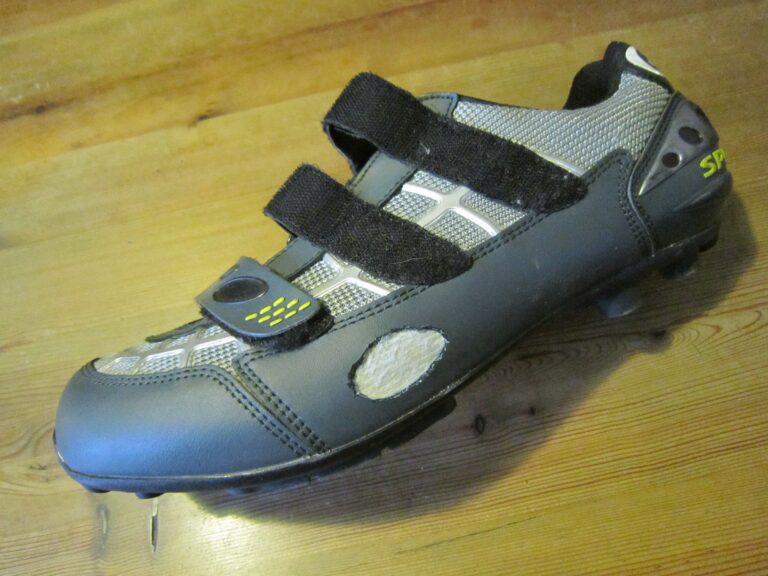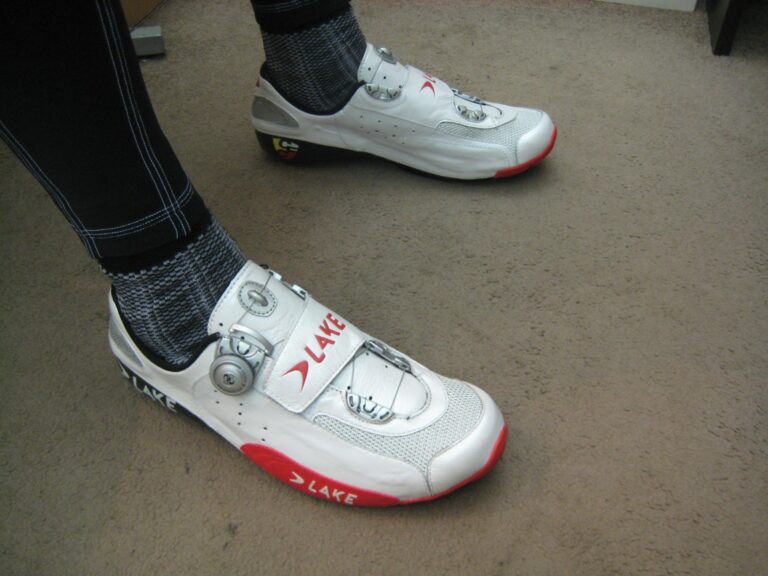
Although often a contentious matter, gearing for road cycling is not critical; it is possible to enjoy a ride over hilly terrain on a single gear ratio that is, in fact, not ideal at any point of the ride.
On the other hand, cyclists are often exhorted to choose a gear that allows the cadence that offers most efficient forward progress in the conditions of the moment, which may mean frequent shifts up and down the gear range. In any case, cycling is, obviously, easier and more comfortable when a suitable gear range is available.
For racing this has, for perhaps two decades, meant the so-called “standard” transmission format of 53 and 39 tooth chainrings mounted on a five-arm spider with a Bolt Circle Diameter of 130mm or, in the case of Campagnolo, 135mm. Until about 10 years ago, this was also the choice of most performance-orientated road riders, with tourists, who often ride with laden machines left either to fit a triple-ring chainset or to scavenge for odd-sized cranks able to accept smaller rings.
The increasing popularity of the “Compact” format, with 50 and 34-tooth rings mounted on a 110mm BCD spider, is largely explained by the recent explosion of interest in cyclosportive rides, which mostly take place over extremely hilly terrain, are run at slower than “race” speeds and require gearing lower than that suited to racing.
Compact gearing is still a little high for lightly-laden touring in hilly countryside, the usual bottom gear of 34-27 still hard work on steep hills as I found out towards the end of my 2009 autumn tour.
Not liking a triple chainset, I looked around for a BCD format that would allow the fitment of an even smaller inner ring than compact, which is limited to 33 teeth.
There’s not much available; Specialites TA make cranks with separate spiders and offer a choice of 94mm and 104mm double ring formats, both with the option of a third ring with 74mm BCD. Trouble is, using either spider with just one ring on the larger BCD would look untidy.
Better for my purposes is a format offered by Spanish manufacturer Rotor for mtb use and intended for the Agilis chainset. Called XC2, it is designed for cross-country riders wanting a double chainset transmission and marries 110mm and 74mm BCDs on one spider.
Perfect; 74mm will go down to 24 teeth while the 110mm BCD will keep a 45tooth ring nice and stiff.

Rotor spiders are retained on the crank by a large-diameter castellated nut with eight indents, which is almost the same size as the similar nut used by Shimano to retain the spider on many mtb chainset designs.
The only notable difference is in the external diameter of the nut, which is smaller than the Shimano version. It also sits in a recess in the Rotor spider.

Shimano offers a tool, code TL-UN96, to remove the Japanese manufacturer’s retaining nut. It won’t fit the Rotor nut in situ because it fouls the edges of the recess.
The answer is to grind the outside edge of each dog just enough to clear the edges of the recess. The tool will still work with the Shimano nut.

With modified tool TL-UN96 held in a vice, the spider retaining nut may be removed by engaging with the tool and turning the crank – the correct way…
Once removed, the CNC-machined spline pattern that transmits drive torque from the crank to the spider is revealed.
The spider is a press fit onto the crank and can be removed with finger force. Locking compound is applied by Rotor on assembly.

The XC2 spider is fitted in its place and the nut re-installed to leave the Rotor Agilis crankset ready to receive a pair of chainrings, the small one smaller than possible with a Compact BCD.





